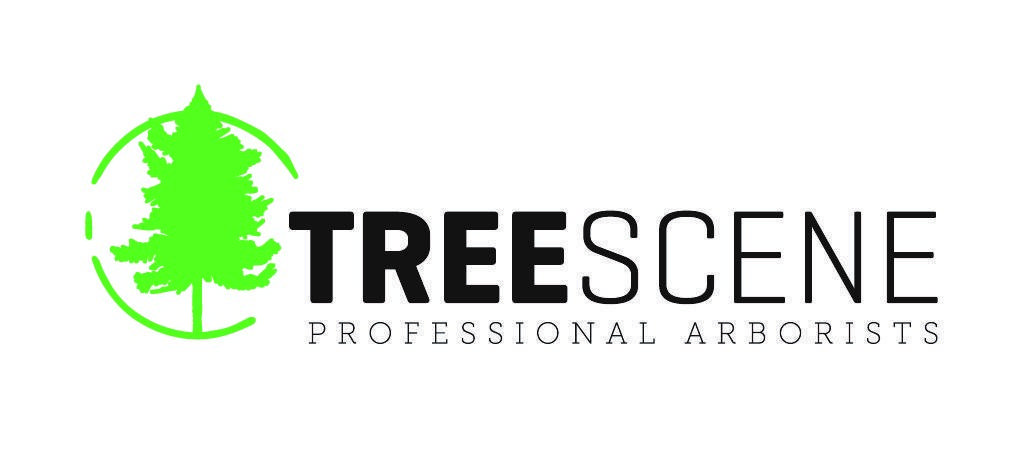
-
Commercial development
-
Preparation for subdividing
-
Site clearing for farm development
-
Orchard and shelter belt removal
-
Weed clearance
Enhancing Treescapes: Sustainable Land Clearing Practices in Tauranga
Tauranga, nestled amidst New Zealand’s stunning landscapes, boasts abundant natural beauty characterized by lush treescapes, contributing to the region’s charm and biodiversity. However, as urbanization and development progress, the need for land clearing arises, often presenting a delicate balance between development and preservation. In this article, we explore the importance of sustainable land-clearing practices in Tauranga to maintain the integrity of its treescapes while accommodating growth.
Understanding Sustainable Land Clearing:
Sustainable land clearing involves the responsible management and utilization of land resources while minimizing adverse environmental impacts, particularly on Tauranga’s diverse ecosystems. Unlike conventional methods that prioritize immediate results, sustainable practices prioritize long-term ecological health and community well-being.
Methods of Sustainable Land Clearing:
-
Selective Clearing: Selective clearing is a more sustainable approach to development that focuses on specific areas while preserving existing trees and vegetation. This approach helps to minimize habitat disruption and maintain the balance of the ecosystem. Instead of clear-cutting entire areas, targeted development ensures the environment remains healthy and diverse.
-
Mulching and Biomass Utilization: Cleared vegetation can be chipped or mulched on-site, reducing waste and returning organic matter to the soil. Biomass can also be utilized for renewable energy production, contributing to Tauranga’s sustainability goals.
-
Eco-friendly Machinery: Employing low-impact machinery and techniques reduces soil compaction and damage to surrounding vegetation during clearing operations. Equipment with minimal emissions further mitigates environmental harm.
-
Replanting and Reforestation: Native species planting helps restore biodiversity, enhances carbon sequestration, and maintains the aesthetic appeal of Tauranga’s landscapes.
The Benefits of Sustainable Practices:
-
Biodiversity Conservation: By preserving existing vegetation and implementing reforestation efforts, sustainable land clearing safeguards Tauranga’s rich biodiversity, supporting native flora and fauna populations.
-
Soil Health and Erosion Control: Mulching and organic matter retention improve soil fertility and structure, reducing erosion risks and maintaining water quality in Tauranga’s waterways.
-
Climate Resilience: Trees are crucial in mitigating climate change by sequestering carbon dioxide. Sustainable land management contributes to Tauranga’s resilience against climate-related challenges.
-
Community Engagement: Involving the community in sustainable land management fosters a sense of ownership and stewardship, promoting environmental awareness and collective action.
Challenges and Considerations:
While sustainable land clearing offers numerous benefits, challenges such as initial costs, regulatory compliance, and stakeholder coordination require careful consideration. Collaboration between developers, government agencies, environmental organizations, and local communities is essential to address these challenges and implement effective solutions.
Conclusion:
As Tauranga continues to evolve, maintaining the integrity of its treescapes through sustainable land-clearing practices is paramount. By prioritizing environmental stewardship, biodiversity conservation, and community engagement, Tauranga can achieve a harmonious balance between development and preservation, ensuring a vibrant and sustainable future for future generations.
Contact us to discuss your site development requirements.
